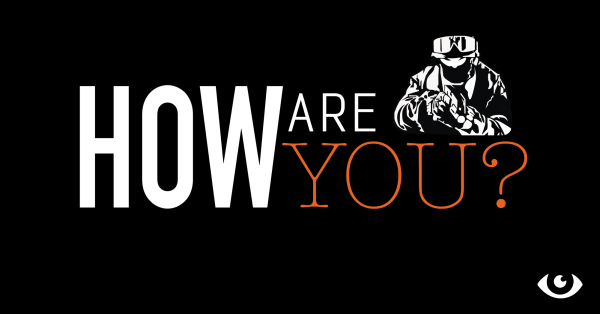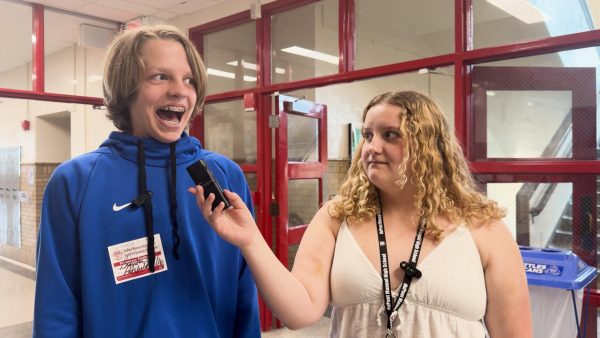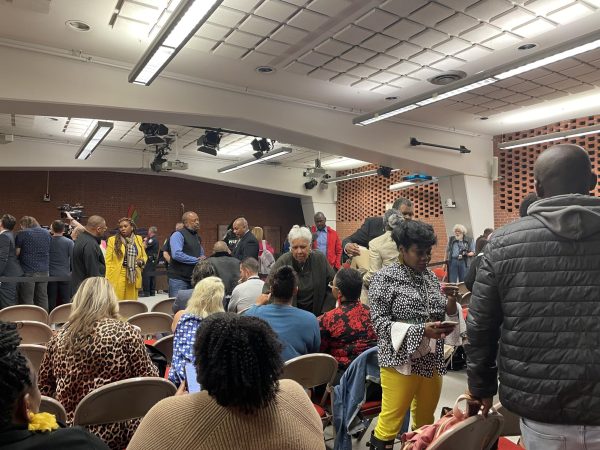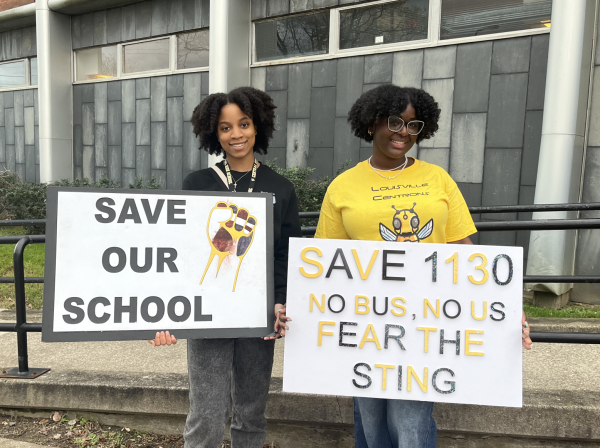A summary guide to financial literacy for students

These financial tips should help your money grow just like a plant. Photo by micheile dot com on Unsplash.
January 15, 2023
High schoolers aren’t always taught how to develop long-term financial strategies for adulthood, and because these skills are not taught in most schools, we must learn them elsewhere.
Peter Ronay expresses the aforementioned thought in the following statement.
“I think it would be great if Manual would provide a more widespread curriculum to teach basic finance skills,” Ronay (12, J&C) said.
While there are money skills and financial literacy classes offered at Manual, not everyone might have room for these electives. Here below are some essential pieces of financial advice for teens as they progress on to college and beyond.
Emergency Fund:
Teens should begin their financial journey by setting aside money for an emergency fund. This is a sizable amount of money reserved as a precautionary measure against future financial instability. Adam Coop, a financial advisor, advises teens to adopt an emergency fund to create long term financial stability.
“In case you lose your job or a big expense comes up you want to have that emergency savings there,” Coop said.
An emergency fund should be kept in a stable place, such as a bank savings account. If students don’t have an adult to help guide them throughout this process, Coop advises teens to seek help from an expert.
Credit Cards:
Some credit cards have points that encourage individuals to spend certain amounts of money each month. These points can be redeemed as merchandise, gift vouchers or air miles. While credit cards do have incentives, they also can become quite deadly to one’s financial stability if used improperly. Coop expresses the pitfalls that accompany using credit cards.
“But if you don’t pay it off every month? Then it’s a huge disadvantage because the credit card companies, the financial institutions that you have that credit card through are going to charge an extremely high rate of interest,” Coop said.
Interest is a fixed sum of money paid at a set rate for borrowing money or repaying a debt.
He advises a careful and deliberate selection of credit cards from certain companies. might lead to credit card debt. Credit card debt occurs when the holder of the card fails to pay back the bank for the money borrowed. The average American holds 6,004 dollars in credit card debt. Furthermore, as prices rise due to inflation, paying off the debt can become an immense struggle. According to The Washington Post, debt can lead to financial insecurity especially within minority households.
Compound Interest:
Compound interest refers to the exponential increase of money as it is saved over time in a bank account. Starting a savings account as early as possible can give students an advantage when trying to build credit and accumulate better interest rates. At times teens tend to procrastinate, which could cause them to lose out on money in the long run.
Coop’s following scenario is one in which the aforementioned statement is accurate.
“50 dollars a month at 8% starting at age 18 would be 399,230 dollars at age 68. If you waited and started at age 28 it would only be $175,714,” Coop said.
An article by Erin Gobbler, a personal finance coach, also notes the advantages of investing as a teen.
“Individuals who start investing as teens rather than waiting until later in life have an advantage over their peers, both in their potential returns and the knowledge they can gain from investing,” Gobbler said.
Establishing basic skills like these can be the starting point for a responsible financial journey. Not all of these steps have to be considered, but they should help create more financially literate people in our society.

















